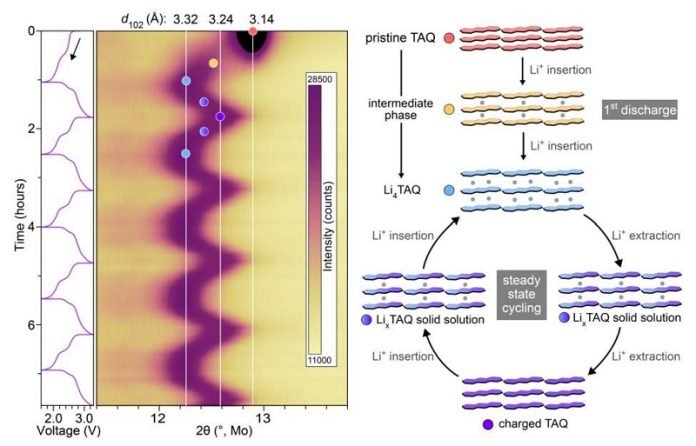
In our quest for a greener future, the role of rechargeable batteries, especially lithium-ion types, has become increasingly important.
These batteries are the powerhouses behind our daily gadgets like smartphones, laptops, and even electric cars.
However, there’s a challenge: the materials used to make these batteries, such as cobalt, are not only rare but also come with significant environmental and ethical concerns.
This is where exciting new research comes into play, offering a potential solution with the development of an innovative, eco-friendly battery component.
The heart of the matter lies in the cathode, a key component of lithium-ion batteries.
Traditionally, cobats and other metals like nickel and magnesium are used in cathodes, but their scarcity and the issues surrounding their extraction are major hurdles.
Researchers have been looking for alternatives, and they’ve been eyeing carbon-based materials, which are more abundant and cheaper.
However, previous attempts using carbon-containing compounds didn’t quite hit the mark in terms of performance and stability when compared to standard lithium-ion batteries.
Enter the new hero: bis-tetraaminobenzoquinone, or TAQ for short.
TAQ is a carbon-based material that forms layered structures and shows promise in matching the performance of traditional cobalt-based cathodes.
The team led by Mircea Dincă built on their previous research where TAQ showed great potential as a supercapacitor material. This time, they tested it in a lithium-ion battery cathode.
To make TAQ even more effective, the researchers mixed it with materials containing cellulose and rubber. This mix was then used to create the cathode, which is the part of the battery that connects to the positive terminal.
The result?
A prototype that not only worked safely for over 2,000 charge-discharge cycles but also stored more energy than most cobalt-based cathodes. Plus, it could charge and discharge in as quick as six minutes.
While this TAQ-based cathode isn’t market-ready yet, the researchers are optimistic. Their work suggests that these new cathodes could pave the way for batteries that last longer, charge faster, and do away with the need for cobalt and nickel.
This breakthrough could be a big step towards a future where renewable energy is more accessible and sustainable, marking a significant advancement in our journey towards a greener, cleaner world.



